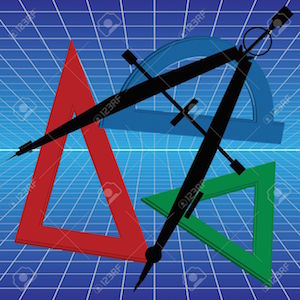COURSE DESCRIPTION

What can you do with trig? Historically, it was developed for astronomy and geography, but scientists have been using it for centuries for other purposes, too. Besides other fields of mathematics, trig is used in physics, engineering, and chemistry. Within mathematics, trig is used in primarily in calculus (which is perhaps its greatest application), linear algebra, and statistics. Since these fields are used throughout the natural and social sciences, trig is a very useful subject to know.
CHAPTERS
Ch.1 – Foundations of Trigonometry
• Convert: Degrees to Radians
• The Six Trig Ratios
• Identifying Angles in the Standard Position
• An Introduction to Periodic Functions
• The Co-Function and Reciprocal of Trig Functions
• Find the Value of Reciprocal Trig Functions
Ch.2 – The Unit Circle
• Circular Motion
• The Unit Circle Part I
• The Unit Circle Part II
Ch.3 – Trigonometric Functions
• Extending Trigonometry to All Angles
• The Tangent Function
• Secant, Cosecant, and Cotangent
Ch.4 – Radians
• Find Value of Trig Expressions: Radians
• Angle Measure Conversions: Radians
Ch.5 – Graphs of Trigonometric Functions
• Analyzing the Graphs of Trigonometric Functions
• Graphs of Reciprocal Trig Functions
Ch.6 – Understanding Trigonometric Functions and Putting Them to Use
• Basic Trig Identities From Graphs
• Transformations of Trigonometric Functions
• Using Trig Functions to Model Physical Behavior
Ch.7 – Trigonometric Identities
• The Pythagorean Identity
• Solve Trigonometric Equations
• Prove Trigonometric Identities
• Sum & Difference Identities


